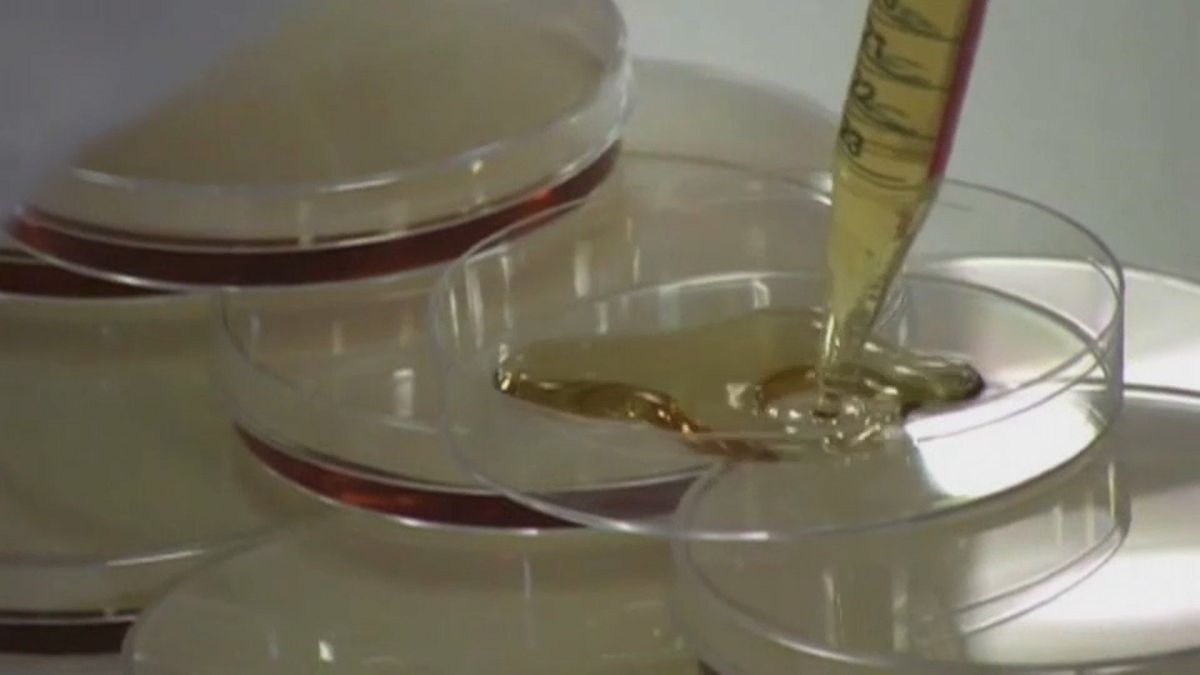In a lab in Italy, scientists have grown replacement skin for a young boy who had lost most of his to a rare and devastating genetic disease.
Doctors treating a critically ill boy with an incurable disease have used experimental gene therapy to create entirely new skin for most of his body.
Two years later, the boy is doing so well he doesn’t need any medication, is back at school and playing like any other child.
The boy had a rare genetic skin disease called junctional epidermolysis bullosa, caused by genetic mutations
People with the disease lack the critical proteins that attach the top layer of the skin to the bottom layer, resulting in fragile skin with almost constant blisters and open sores.
In June 2015 he was hospitalised with blisters on his limbs, back and elsewhere. He quickly lost about 60 percent of his skin and was put into an induced coma to spare him further suffering. Doctors in Germany tried skin grafts from donors, but they all failed.
“He was in severe pain and asking a lot of questions I could not answer: ‘Why do I suffer from this disease? Why do I have to live this life? All children can run around and play, why am I not allowed to play soccer?’ I couldn’t answer these questions,” says the boy’s father, who asked not to be named.
Lab-grown skin
Desperate, the family contacted Dr Michele De Luca at the Centre for Regenerative Medicine at the University of Modena in Italy.
De Luca’s team took a small piece of unblistered skin from the boy’s body, genetically modified its cells to correct the defect, and used them to grow sheets of healthy skin to cover the rest of his body.
In their lab, the scientists grew almost one square metre of skin. It was transplanted onto the boy in three operations.
Two years later, the child is still being closely monitored but his new skin is holding on well and not forming blisters.
Details of the study were published on Wednesday (Nov. 8) in the journal Nature.
“Already after the first transplant on the four limbs in October, so you can imagine for the second transplant, the bigger one on his back, the regeneration of the skin did something to the boy, he got better right away, his vital parameters were getting better and that’s when we realised that we had done it,” says De Luca.
His father said: “It felt like a dream, it is very hard for me to put this in words, I wish that all children with the same disease could be treated this way. It worked incredibly.”
With AP
